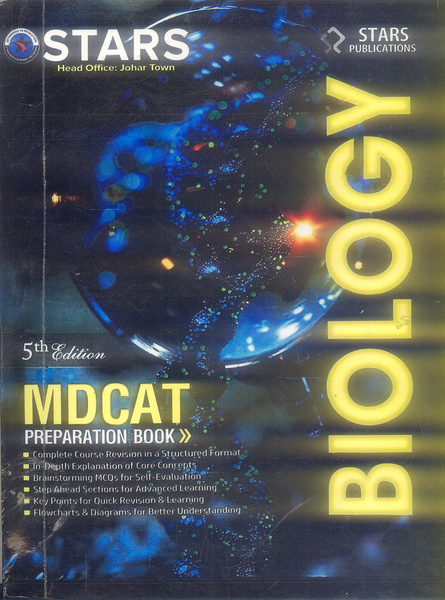Genetics, Demography and Viability of Fragmented Populations
- Publisher: BIOLOGY
- Availability: In Stock
- SKU: 44737
- Number of Pages: 454
Rs.990.00
Rs.1,295.00
Tags: Andrew G Young , best books , Best Price , Best Selling Books , Conservation Biology , Conservation Biology 4 , Conservation Strategies , Demographic Studies , Demography and Viability of Fragmented Populations , Demography and Viability of Fragmented Populations Book , Environmental Stochasticity , Evolutionary Biology , Extinction Risk , Fragmented Populations , Gene Flow , Genetic Adaptation , Genetic Bottlenecks , Genetic Connectivity , Genetic Diversity , Genetic Drift , Genetic Drift Effects , Genetic Erosion , Genetic Health , Genetic Monitoring , Genetic Rescue , Genetic Variation , Genetics , Geoffrey M Clarke , Habitat Fragmentation , Habitat Loss , Inbreeding Depression , Metapopulation Dynamics , ONLINE BOOKS , Online Bookshop , Population Decline , Population Ecology , Population Genetics , Population Genetics Models , Population Isolation , Population Management , Population Structure , Population Viability , Small Population Dynamics , Species Survival
Genetics, Demography and Viability of Fragmented Populations
Authors: Andrew G. Young (Editor), Geoffrey M. Clarke (Editor)
Quality: Black White Pakistan Print
Introduction
Genetics, Demography and Viability of Fragmented Populations by Andrew G. Young and Geoffrey M. Clarke explores the complex relationship between population genetics, demographic factors, and the survival of fragmented populations. The book addresses how habitat fragmentation, environmental changes, and human activities affect the genetic diversity and long-term viability of species. It combines insights from population genetics, ecology, and conservation biology, highlighting the mechanisms driving population decline and the strategies needed to enhance population resilience. The book includes case studies and theoretical models to illustrate key concepts, providing a comprehensive understanding of the challenges faced by fragmented populations.
Key Points
-
Impact of Habitat Fragmentation
- The book explains how habitat loss and fragmentation reduce gene flow between populations, leading to genetic isolation and increased inbreeding.
-
Genetic Diversity and Population Viability
- It explores the importance of maintaining genetic diversity for population adaptability, survival, and reproductive success.
-
Demographic Stochasticity
- The authors highlight how random changes in birth rates, death rates, and sex ratios can severely affect small populations, increasing extinction risk.
-
Conservation Strategies
- Practical approaches for enhancing population connectivity, such as wildlife corridors and habitat restoration, are discussed to improve genetic exchange and population stability.
-
Case Studies and Real-World Applications
- The book includes case studies of species affected by fragmentation, offering insights into successful conservation efforts and ongoing challenges.
Why Read This Book
This book is essential for conservation biologists, ecologists, and geneticists seeking to understand the genetic and demographic challenges faced by fragmented populations. Its blend of theory, case studies, and practical recommendations makes it a valuable resource for developing effective conservation strategies.
Conclusion
Genetics, Demography and Viability of Fragmented Populations by Andrew G. Young and Geoffrey M. Clarke provides a thorough and insightful examination of the genetic and ecological factors influencing the survival of fragmented populations. Its comprehensive approach makes it a key reference for addressing biodiversity loss and improving species conservation.

























